It starts off at the Joggelihalle, known locally as the St Jakobshalle—a quintessential representation of 1970s Brutalism in Switzerland.
Featuring raw concrete, bold edges, and an cantilevered rooftop, this location on the fringes of Basel is poised to offer a striking juxtaposition to the vibrant hues and explosive piano effects of the Eurovision Song Contest as it takes center stage from May 10-17.
The chilly, uninviting exterior made up of cold concrete reflects why many travelers passing through on their way to Italy or continuing to the Swiss Alps often choose to hurry through without pausing to appreciate the city.
Ultimately, Basel’s industrial past continues to cast a significant shadow. Known historically as a hub for textile and chemical manufacturing, the city frequently evokes images of an industrial landscape characterized by gray thoroughfares and billowing smokestacks.
However, Basel’s reputation is undergoing a transformation. The Rhine River, which was previously polluted due to industrial activities, has become so pristine that swimming in it is now possible.
Refreshing a tarnished reputation
Yves Parrat, chemist with the local health department, says that the water quality is regularly checked at three different points during the bathing season.
The city has marked out swim zones, including ones close to the Tinguely Museum.
If you plan to swim in the river, you may choose to borrow waterproof bags known as Wickelfisch from the tourist information center.
Visitors encountering the city centre for the first time might be captivated by its medieval allure, where ancient structures provide a glimpse into history.
The vivid red exterior of the town hall stands out as a prominent landmark, whereas the vista from the “Pfalz” terrace near the adjacent cathedral (Baseler Münster) offers an impressive panoramic view of the river. Here, the Rhine curves eastward towards Lake Constance.
Even though Basel stands out as a worldwide leader in the pharmaceutical sector, it is also renowned for its distinctive office and laboratory structures.
Basel is often recognized as the architectural hub of Switzerland. The city’s promotional group states that both Basel and its surrounding areas have produced 13 recipients of the renowned global prize known as the Pritzker Award, which honors exceptional architects.
S
witzerland’s tallest building: A modern marvel
Surprising to many, Switzerland’s tallest building isn’t found in Zurich or Bern, but in Basel along the banks of the Rhine River.
At 205 meters tall, Roche Tower 2, part of a dual-tower commercial development for the pharmaceutical company Roche, became the nation’s tallest building when it was completed in 2022, superseding the original Roche Tower.
Herzog & de Meuron designed the tower, which is within easy walking distance of the riverside walkway and situated close to the historical worker quarters of Basel.
Novartis, which stands as Roche’s primary rival, boasts a campus that showcases an impressive lineup of global architectural talent. Besides Herzog & de Meuron, renowned designers such as Frank Gehry, Richard Serra, SANAA, and the local studio Diener & Diener have significantly contributed to shaping the cityscape.
In Basel, industry, art, and architecture intersect, offering visitors a dynamic array of museums such as the Swiss Architecture Museum. As Switzerland’s third-most populous city, it houses more than 200,000 inhabitants hailing from approximately 170 countries.
Art lovers will discover numerous attractions, such as the Museum Tinguely, which is situated just beside Roche’s main offices.
The museum, crafted by Swiss architect Mario Botta, honors the creations of Jean Tinguely, an artist from Basel famous for producing large-scale mechanical artworks made from discarded metals with the primary aim of serving no practical function.
Support from the pharmaceutical sector and financial institutions
At Cathedral Hill, the Barfüsserkirche contains the Basel Historical Museum, providing an extensive exploration into the city’s cultural legacy where Switzerland, Germany, and France meet.
A brief stroll away lies the magnificent Kunstmuseum, which merges ancient and modern architectural styles, featuring an impressive 100 million Swiss franc subterranean addition.
The museum displays works of art from renowned historical artists including Holbein, Rembrandt, and Rubens, alongside contemporary figures such as Gauguin, Van Gogh, Picasso, Lichtenstein, and Warhol—a remarkable assembly facilitated through substantial support from the pharmaceutical and banking sectors.
If you have an affinity for industrial romance, Basel’s Dreispitz district just beyond the downtown core is definitely worth visiting.
Previously known as the location for the city’s bonded warehouses, this lively area now boasts an eclectic blend of art studios, educational institutions, architectural offices, and cultural centers like museums.
Included among these institutions is the House of Electronic Arts (HEK), which examines the societal effects of new media and digital art, along with the Kunsthaus Baselland, set to open in 2024.
This underestimated treasure is something even devoted Eurovision enthusiasts and travelers whizzing by on the highway may overlook.
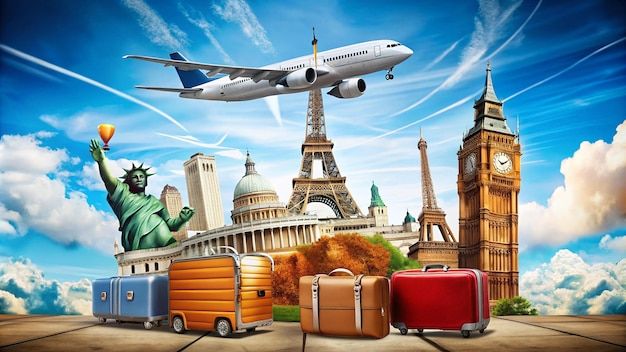
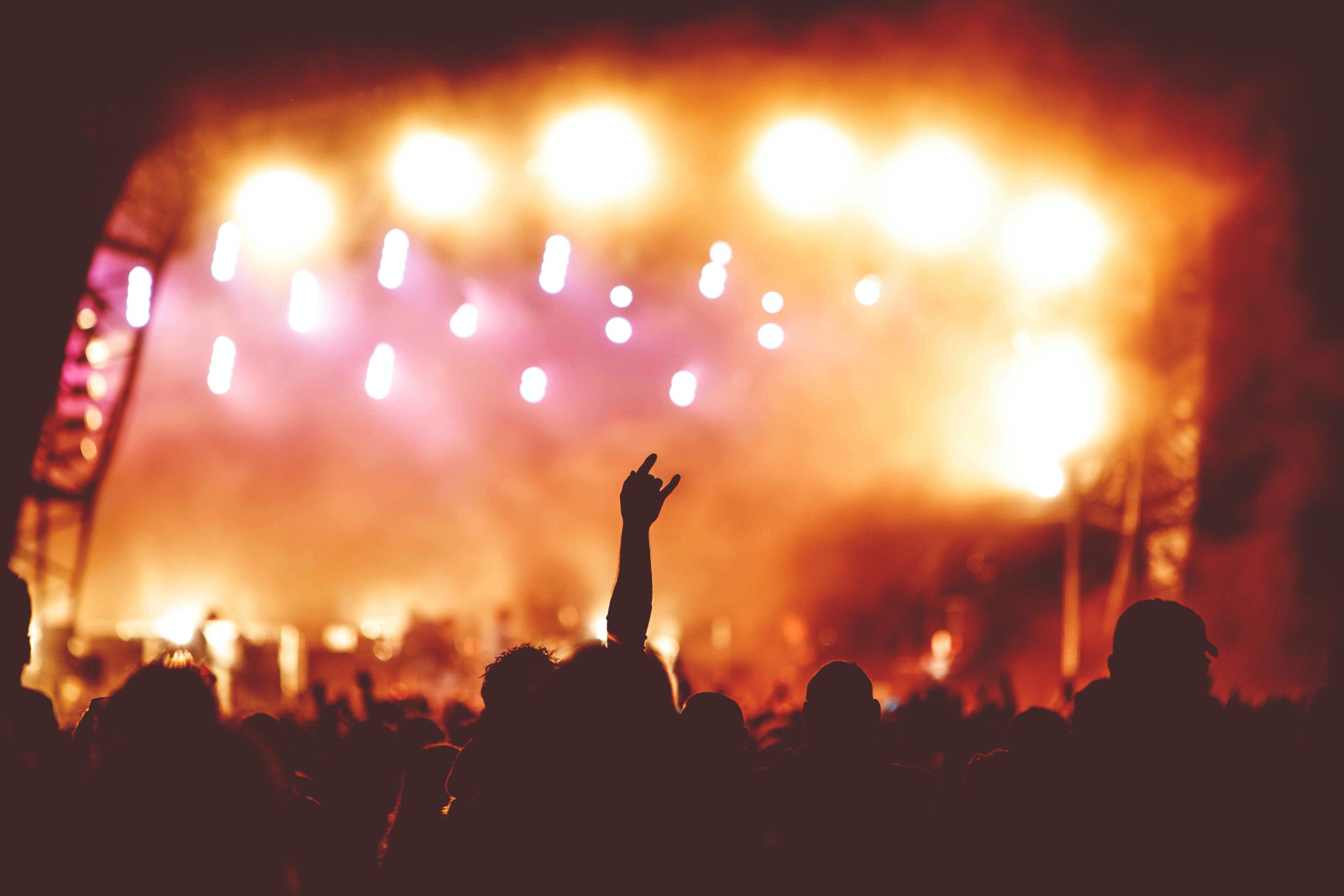
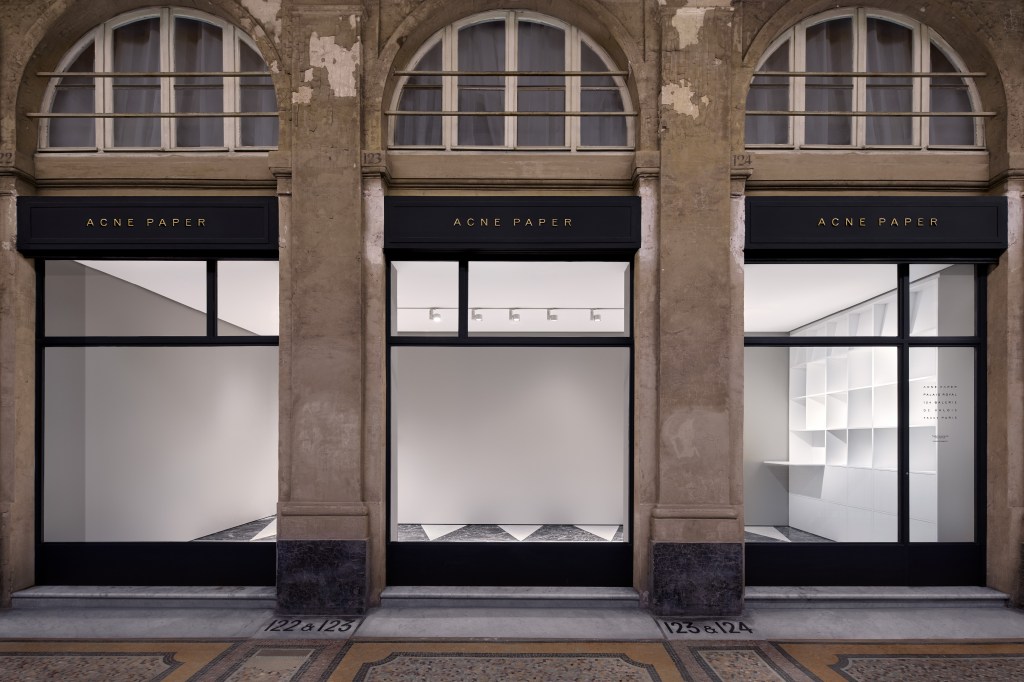







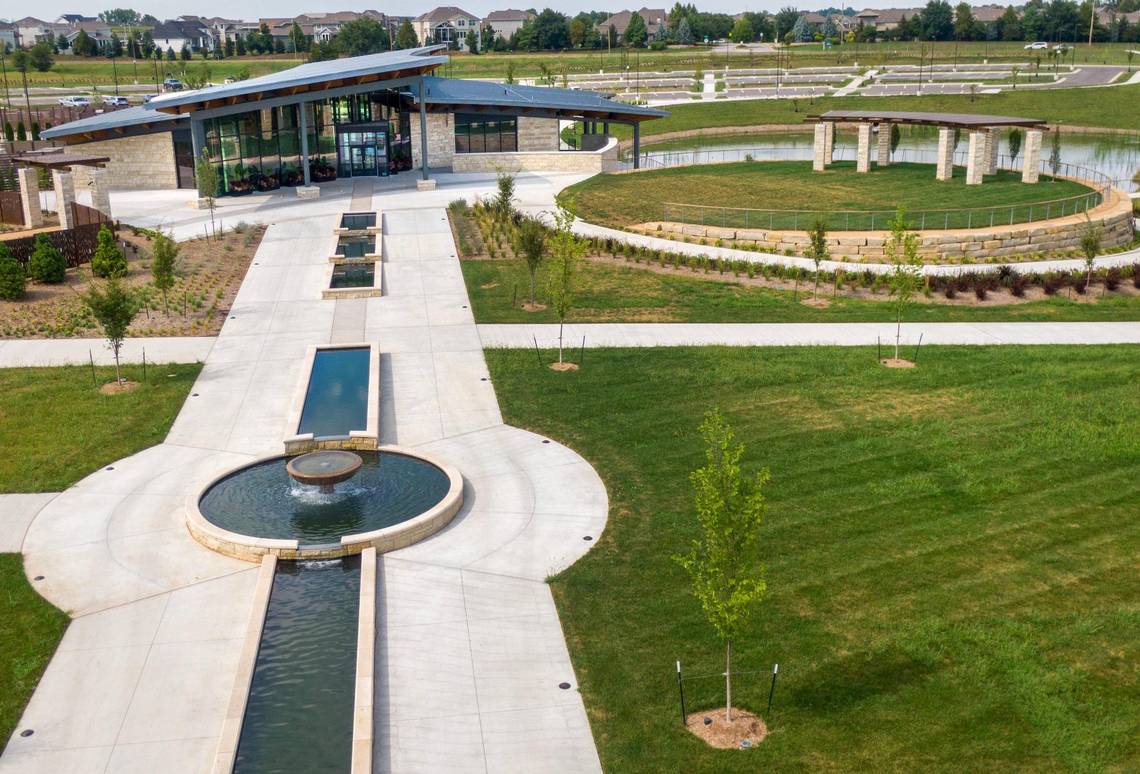
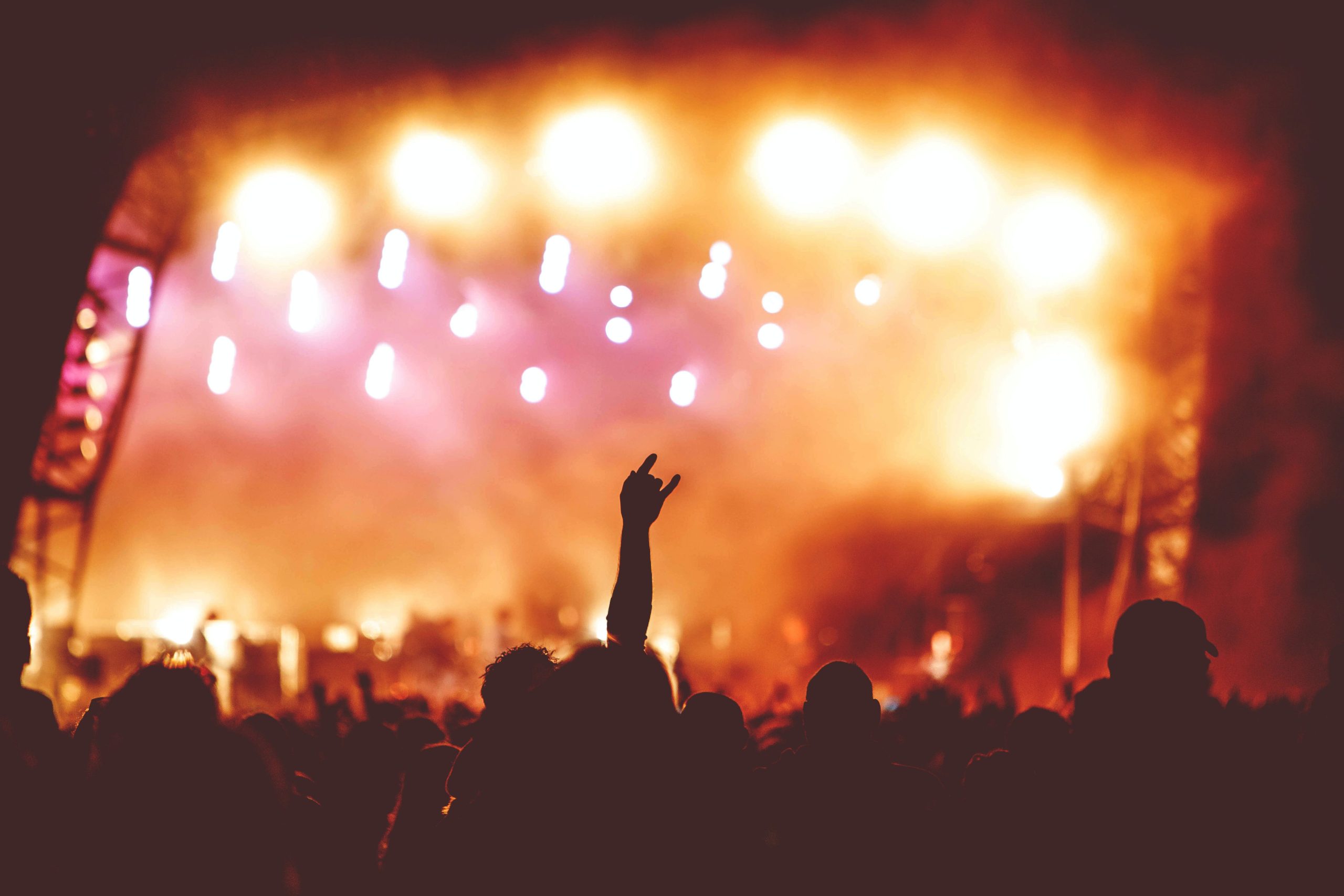

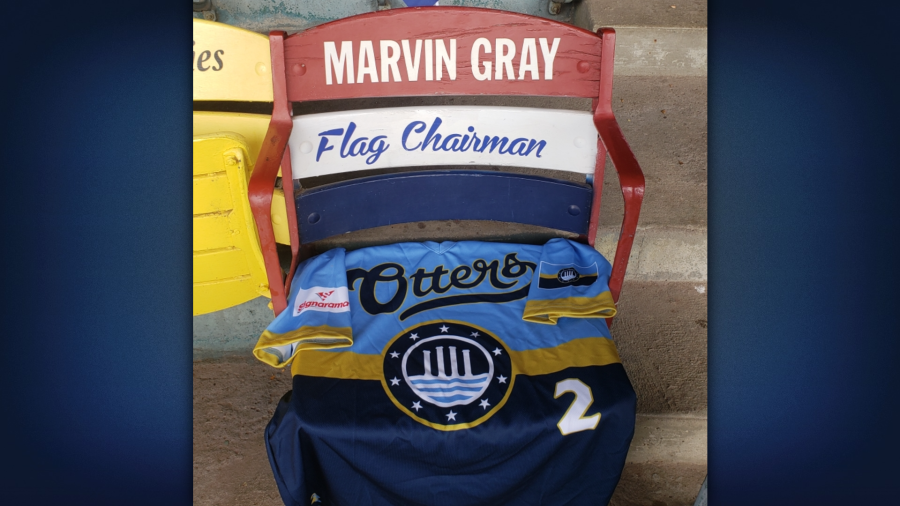

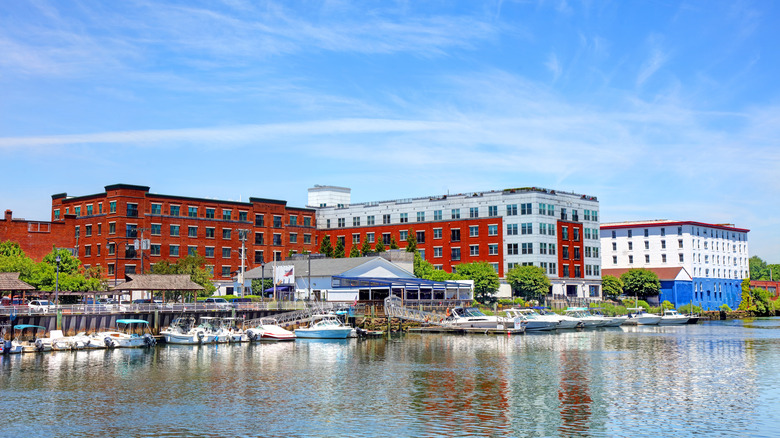


Leave a Reply